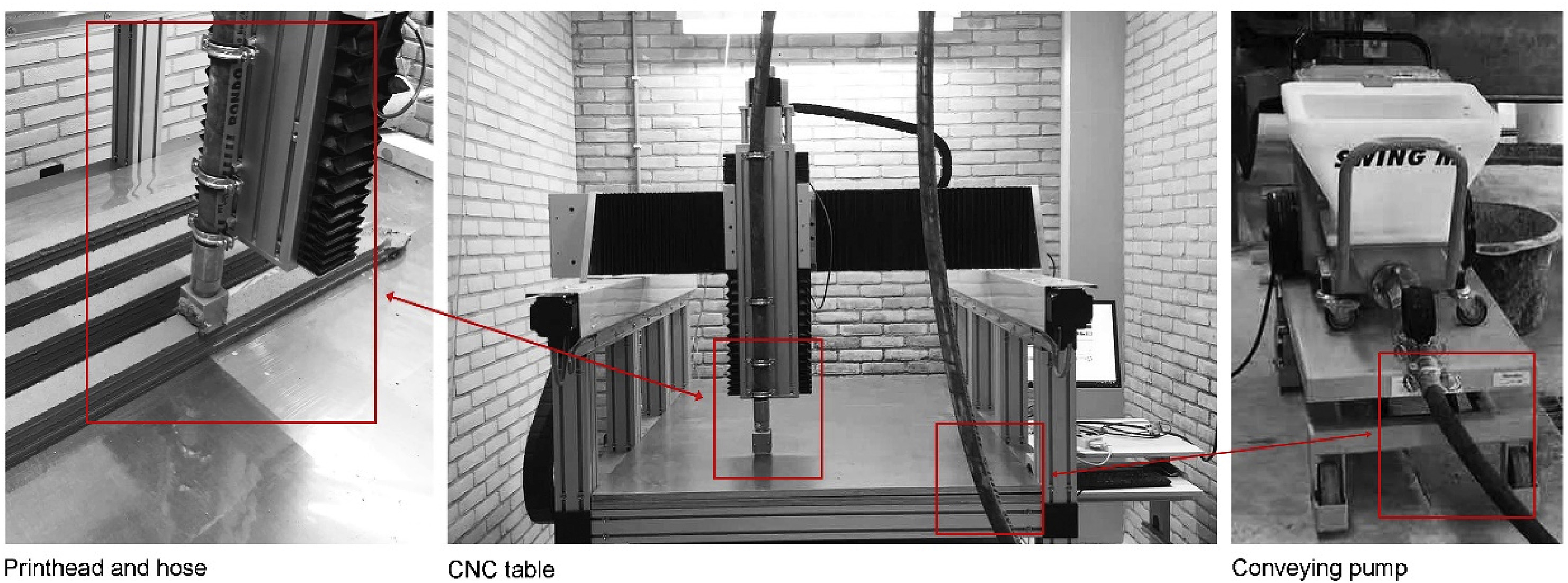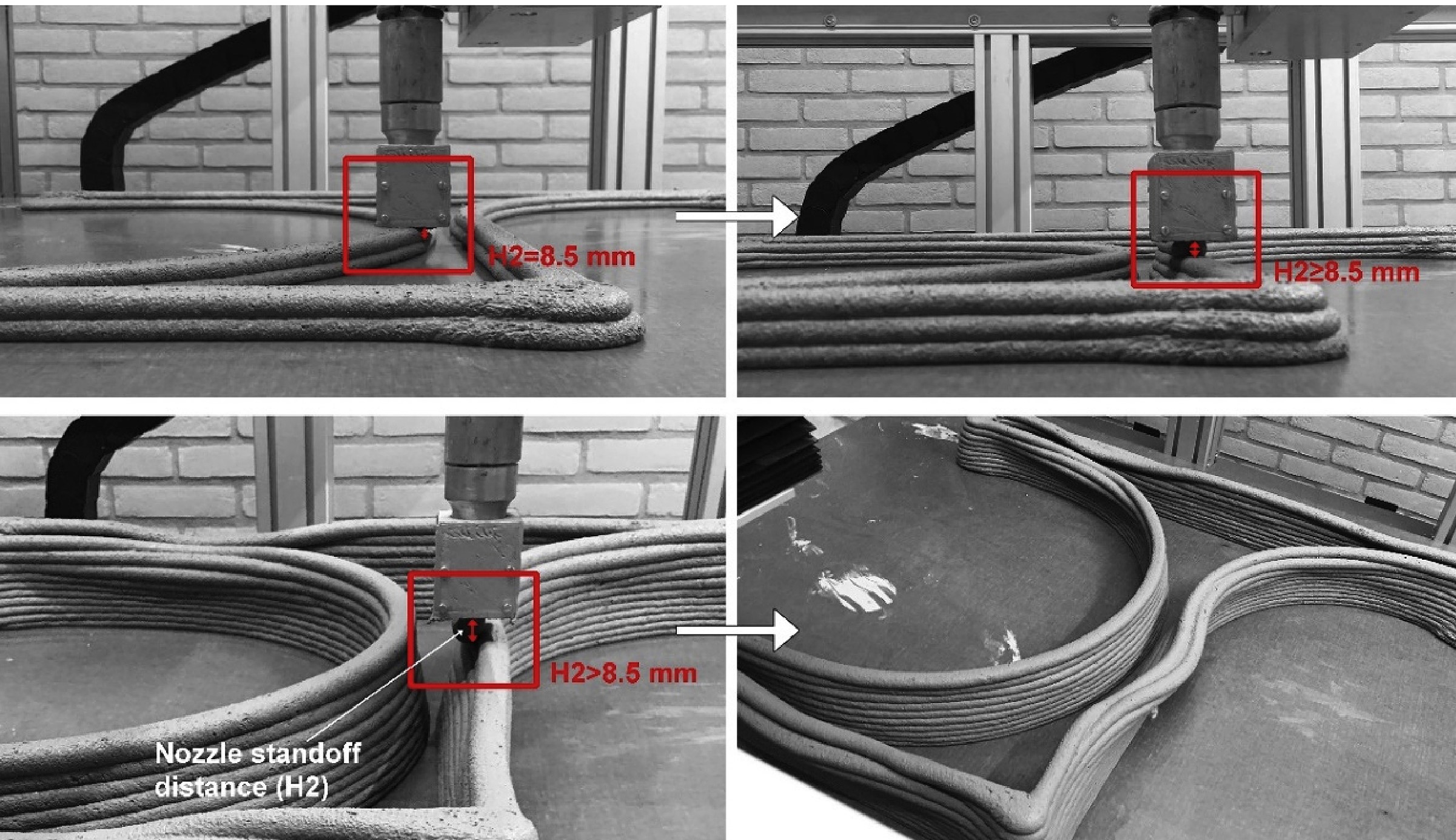A team of researchers from the Delft University of Technology have formulated a new, calcined clay-based cement for extrusion 3D printing. When compared to traditional cement, the novel ceramic has an increased flow consistency, improved buildability, and enhanced hydration properties – all crucial for precision extrusion to take place.

3D concrete printing
3D printing with concrete is one of the more niche areas of additive manufacturing, but it certainly has its advantages over traditional formwork. The need to actually build the formwork is completely eliminated, and seemingly impossible, complex architectural geometries are easier than ever before. Concrete 3D printers also largely optimize material use, cutting costs and reducing waste in the process.
Aside from the printer, the cement used to build the structure is probably the most crucial factor affecting its quality. 3D printable mixtures need to exhibit consistent flowability and low viscosity, meaning they should extrude at a constant rate and stay in place once they’re set. Sometimes, lower quality cement mixtures will ‘sag’ as soon as further layers are stacked on top of them, losing their shape stability and subsequent dimensional precision.
Calcined clay-based cement
In a bid to formulate a cement mixture with superior mechanical and printability properties, the researchers looked to calcined clay – clay that has been blasted in a furnace at 850°C for an extended period of time. It is known for its excellent compressive strength and cost-efficiency, making it a very attractive alternative to standard concrete.
The study involved experimenting with two different grades of calcined clay, high-grade (95% metakaolin content) and low-grade (50% metakaolin content). The two grades were mixed in with Portland cement in varying proportions and printed using a custom extrusion set up in a University lab. The set up comprised a conveying pump connected to a material hose and nozzle on a large CNC table.

Interestingly, the team found that increasing the high-grade content from 0wt% to 50wt% maximized the flow consistency while increasing the dimensional stability of the mixture. This enhancement in buildability was attributed to the reduction in the mean interparticle distance as a result of the higher calcined clay content. However, this did come with its costs, as the printed sample was found to have a weaker compressive strength after a seven day period. The researchers now believe they can fine-tune the formula to maximize printability without sacrificing strength.

Further details of the study can be found in the paper titled ‘Effect of different grade levels of calcined clays on fresh and hardened properties of ternary-blended cementitious materials for 3D printing’ It is co-authored by Yu Chen, Claudia Romero Rodriguez, Zhenming Li, Boyu Chen, Oğuzhan Çopuroğlu, and Erik Schlangen.
The 3D printing of concrete is a heavily researched topic in the academic community. Scientists at Nanyang Technological University recently developed a single-robot industrial platform specifically for 3D concrete printing. The 6-axis robotic arm is capable of printing single-piece structures of varying sizes and is ultimately intended to accelerate the field as a whole.
It’s not just academia either, as Texas-based construction firm ICON recently partnered with the U.S. government-backed Defense Innovation Unit to 3D print concrete structures at the Camp Pendleton Marine base. The duo initially trained a crew of eight marines to use ICON’s concrete 3D printers, who managed to print a whole vehicle hide structure in just 36 hours.
Subscribe to the 3D Printing Industry newsletter for the latest news in additive manufacturing. You can also stay connected by following us on Twitter and liking us on Facebook.
Looking for a career in additive manufacturing? Visit 3D Printing Jobs for a selection of roles in the industry.
Featured image shows electron micrographs of low-grade and high-grade calcined clay. Image via TU Delft.


